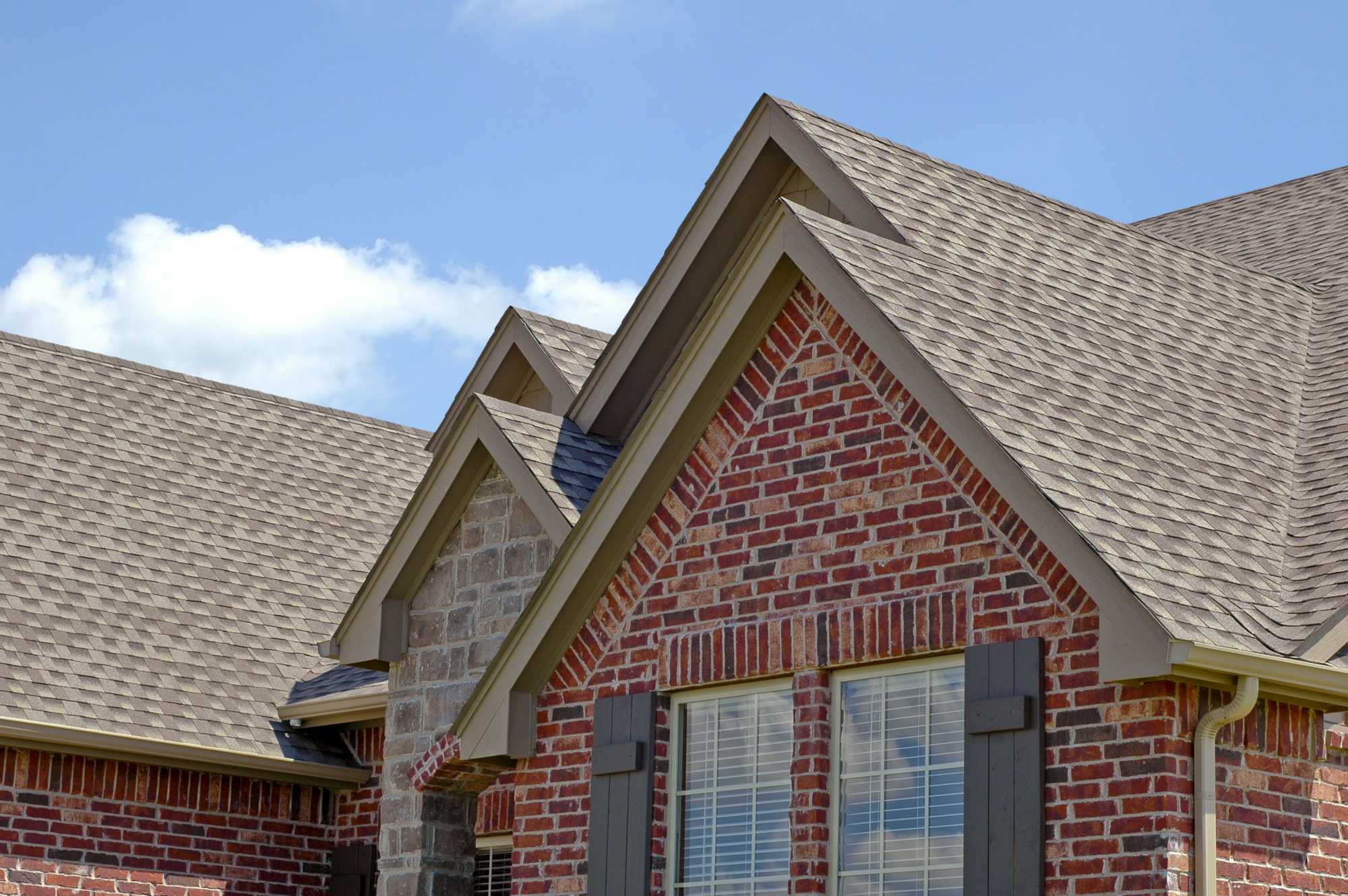Nobody likes going through a roof replacement. When you’re staring at the prospect of having to do it, it’s only natural to ask (perhaps even a few times), “How long does it take to replace a roof?”
Like every question in adult life, the answer is it depends. The main determining factors are a) how many square feet the roof is, b) what material it’s made of, and c) weather.
But what if only a small part, say near the edge, is damaged? Can you replace only half a roof or less? We’ll look at this question a bit more closely below, but for now, assume that the answer is a fairly hard no.
Have a seat, buckle in, and read on to find out how to plan for a roof replacement.
How Long Does It Take to Replace a Roof?
Sometimes, it can be done in one day. Other times, we might need a whole week.
You figure the square footage of your roof is “a little” more than the square footage of your house. We put “a little” in quotes there because they could be nearly identical or the roof may be twice the size of the living areas. It depends on your roof’s slope, how many panels it consists of, and the like. Assume that the most it might be is about twice your house’s square footage.
Either way, if your house is 2,000 square feet or more, your answer will probably be on the higher end of the range.
When it comes to roofing materials, the most traditional materials tend to be the easiest to work with and the fastest to replace. So asphalt shingles and wood shakes usually make for the shortest jobs, clocking in at between one and, say, three days. Next is steel sheets and synthetic slate, which can take between two and five days.
You get the idea. After that, your ballpark gets closer and closer to a week.
But again, the real answer is that this all depends. So your particular situation may be more or–fingers crossed–it could even be less.
Finally, the effect that weather has on a roofing job is obvious. It’s just not practical to be up there, tearing new holes in a house’s roof during, say, a hail storm. But sometimes it’s also best to wait when there’s only the threat of bad weather. A dangerous job of course gets much more dangerous in slippery conditions, so if the Denver area is doing its Denver thing and at least threatening to snow, for example, your contractor may opt to wait.
Key Considerations for Roof Replacements
It all comes down to what Denver CO roofing company you hire. When you’re gathering your bids and talking with company owners and managers, pay special attention to how easy they are for you to have a conversation with. If anything comes up to postpone, lengthen, or hinder the job in any way, you’ll inevitably come away less happy. It’s a shame to dislike your roofing company and feel less confident in the roof over your head because of a few misunderstandings.
Another pro-tip: Ask high-level, conceptual questions of the people who come out to give you those estimates. For example, residential roofs are measured in squares. There are 100 square feet in a roofing square. Ask the contractors vying for your business how many squares your roof is. See if they all give you similar answers. If one or two say it’s a lot more or less than the others, feel free to tell them what you’ve been hearing and ask how they got their answer.
Can you Replace Only Half a Roof?
No. Don’t do it.
Yes, it can be done, but it shouldn’t be and many companies won’t even take half-roof jobs. There are at least three reasons for this.
First, it leaves you with a roof that has two different ages. The older half will be more vulnerable to new damage and ultimately will have to be replaced sooner than the younger half.
Second, it’s much harder to bind the two halves of the roof together so as to avoid a seam that will widen with time than it is to just start on one edge of the roof and work to the other edge.
Third, it’ll show. Partly because they’ll be different ages and partly because they’ll be two different batches of materials, your roof will essentially be two different colors. And the dividing line will be right down that seam that’s slowly letting in more and more moisture and cold.
A house with a roof with two ages is always harder to sell than one with a unified roof.
Recap: How Long Does It Take to Replace a Roof?
Between a day and a week. It depends on size, material, and weather.
At around 2,000 square feet, a house starts to be called “big”, so if yours has that many square feet or more, just loosely assume that all your answers will be towards the higher end of the spectrum.
Older, more common roofing materials tend to be the faster materials to work with. So in this case, wood and asphalt are the materials that will get you the shorter answers.
And finally, the weather will do what the weather does. Especially here in Denver, we all know the… changes that rain, hail and snow can bring about.
Call Rocky Mountain Roofing & Exteriors during any season of the year to schedule a free estimate from the best roofing contractors in the area. We’ll be glad to come take a look, leave you with a detailed quote, and explain anything that may need explaining. We’ve done over 3,000 jobs in this area and our understanding and professionalism set us quite apart from the alternatives.
Best of luck on your roofing project; we hope to hear from you soon!



